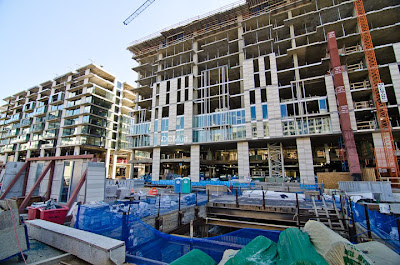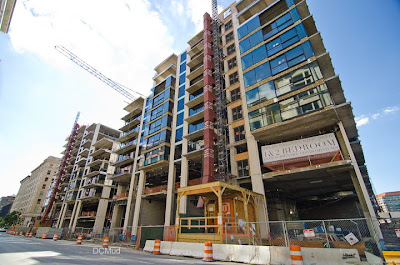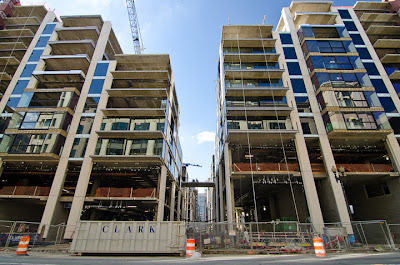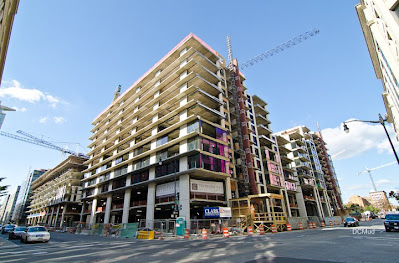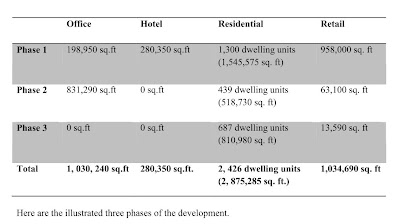 You could call it a vindication. Or you could simply say the market finally changed.
You could call it a vindication. Or you could simply say the market finally changed. Either way, Jim Abdo says he’s got revamped plans for the property he owns at 1427 and 1429 Rhode Island Avenue NW, the only vacant lot on that block and one of the few left in the neighborhood. The Logan Circle-based developer had been planning on erecting a 70-something unit apartment building there, but ran into opposition from neighbors due to its size. As of this past February, he had backed off from the project entirely.
 | |
| The lot as it currently appears |
“My vision has always been a boutique building with a small number of units,” explained Abdo. “And every day and month I wait, the market comes back in my favor to do what I want. We think it’s a win-win for everyone, and it’s what the neighborhood will embrace.”
Abdo didn’t provide many details about what he has in mind, as the project hasn’t gone far beyond the basic concept stage. But he says he’s imagining a 90-foot high building that contains nine or ten units, each taking up an entire floor and potentially reached by elevators that open directly into the units.
That’s a big difference from the property’s previous iteration, which was an eight-story rental building conceived of at a time when condo financing was almost nonexistent. Although the design earned approvals from the Historic Preservation Review Board, neighbors objected to its density and Abdo eventually withdrew his plans.
 | |
| The lot with its prior structures, which were knocked down in 2007 |
Nothing’s happening anytime soon. The developer, who bought the property in 2001, says the company probably won’t start moving on the project until 2014. At that point, in-house architects will begin putting together design ideas and he’ll reach out to HPRB and the community.
It’s not like the firm doesn’t have enough going on as it is. Besides projects in Brookland and Arlington, Abdo is also planning to develop a spot a few dozen feet to the east: 1400 14th Street, a corner lot at the intersection of 14th Street and Rhode Island Avenue that currently includes a Caribou Coffee and Abdo’s own office (and next to the DCMud office). That project—a six-story building to include ground floor retail, one floor of offices, and some 30 residences—received HPRB approval a couple of months ago. Groundbreaking is set for next year.
That turns the block of Rhode Island between 14th and 15th streets a mini Abdo-ville. The developer owns another property on the block, and developed the two condo buildings framing the empty lot—the Zenith and the Willison—more than a decade ago.
Washington, D.C., real estate development news























